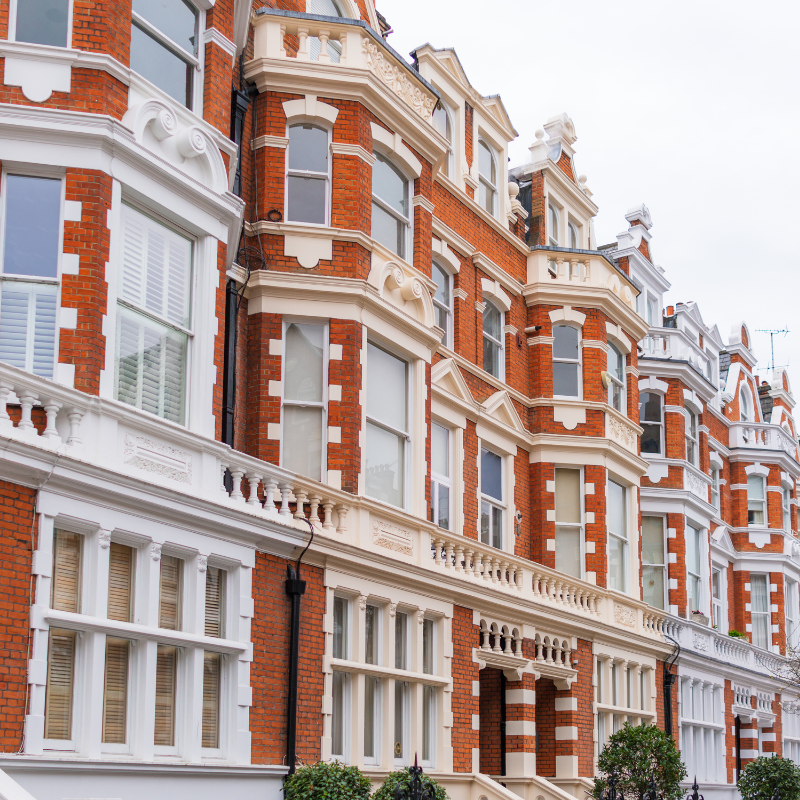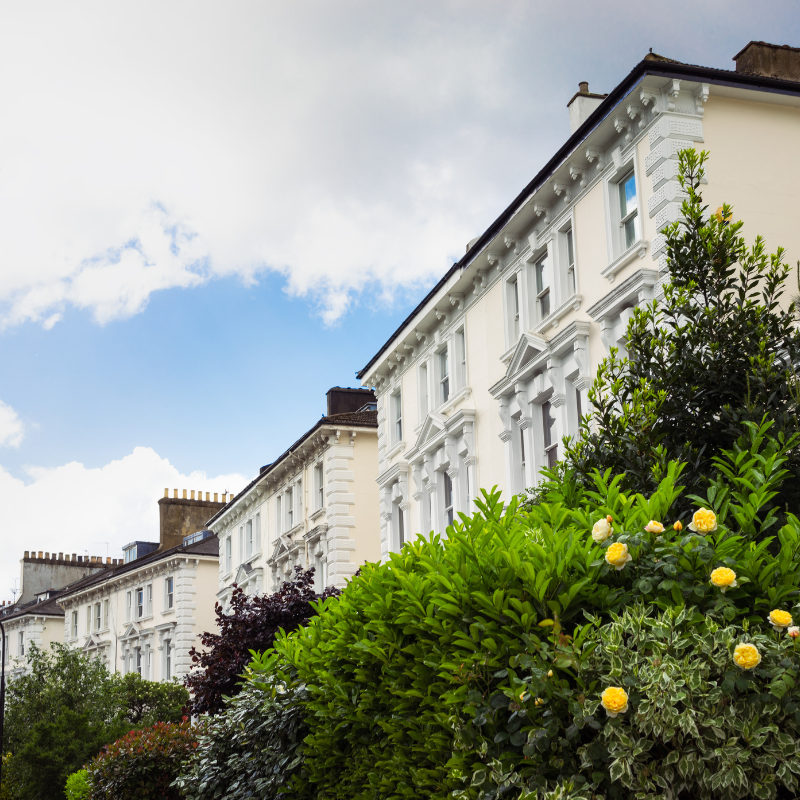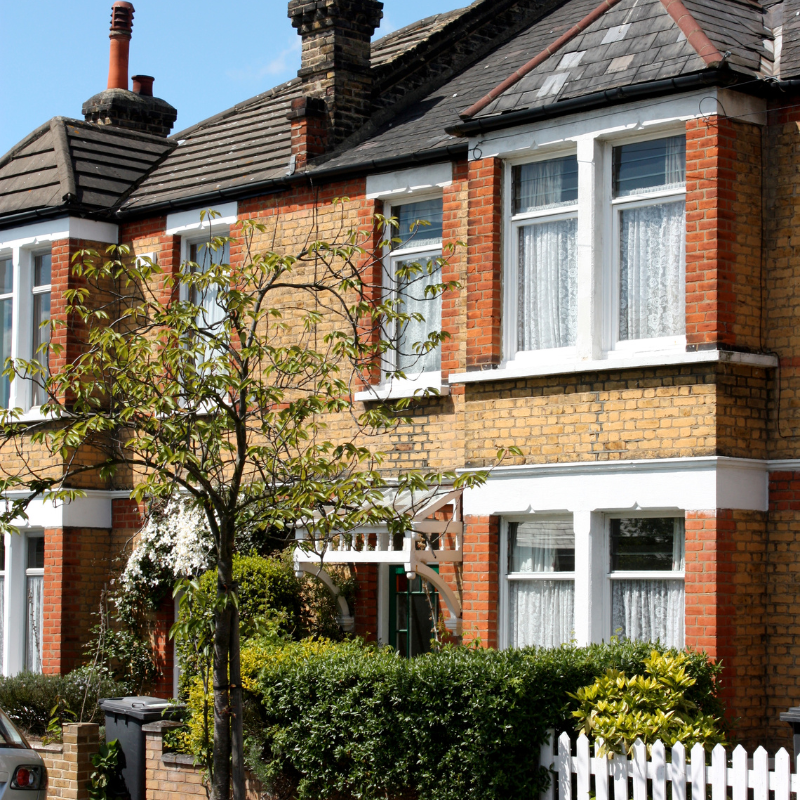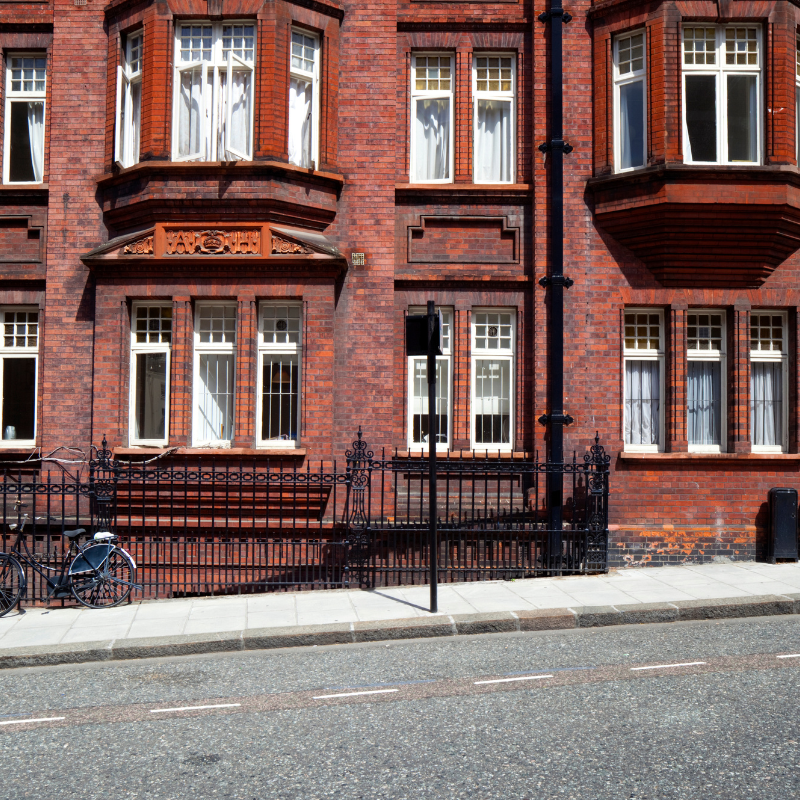What Makes Listed Buildings Different?
The Role of a Local Building Consultancy
Common Challenges in Listed Property Project
Real Example: Sensitive Refurbishment in a Conservation Area
When to Engage a Building Consultancy

London’s architectural heritage is one of its greatest assets. From Georgian terraces to Victorian schools and Edwardian civic buildings, many of the capital’s most recognisable properties are protected under listed status.
While these buildings carry historical and cultural significance, they also come with complex legal and technical requirements. If you’re planning building work on a listed property, choosing the right building consultancy is not just a preference; it’s essential.
What Makes Listed Buildings Different?

Listed buildings are protected by law due to their architectural or historic importance. Any work that could alter their character, inside or out, typically requires Listed Building Consent, in addition to standard planning permission.
This applies to:
-
Structural alterations
-
Extensions or demolitions
-
Internal layouts, finishes, or features
-
Windows, doors, and roofing
-
Mechanical and electrical upgrades
Getting this wrong can lead to delays, costly redesigns, and even legal action. That’s why specialist support matters.
The Role of a Local Building Consultancy
A local building consultancy with experience in heritage projects can guide you through every stage of the process. From early feasibility assessments to liaising with conservation officers and delivering the work on site, the right team will help you balance modern needs with legal obligations.
Understanding of Local Authorities
Each London borough interprets conservation policies slightly differently. A consultancy with local experience understands the expectations, has relationships with decision-makers, and knows how to present proposals that are more likely to be approved.
Access to Specialist Surveys and Reports
Listed buildings often require heritage impact assessments, condition surveys, and conservation statements. A multi-disciplinary consultancy can deliver all of these in-house, saving time and avoiding delays between contractors.

Common Challenges in Listed Property Projects

Working on protected buildings is rarely straightforward. Some of the most common challenges include:
- Discovering previously hidden defects (e.g. rot, subsidence, outdated services)
- Restrictions on materials and construction methods
- Uncertainty over planning timelines
- Balancing original features with modern performance standards
An experienced consultancy will flag these risks early and plan accordingly, avoiding nasty surprises down the line.
Real Example: Sensitive Refurbishment in a Conservation Area
We recently advised on a refurbishment project in a Grade II-listed civic building in Central London. The project involved adapting internal spaces for modern accessibility, upgrading services, and restoring original plasterwork and woodwork.
Because we had worked with the local authority before, we were able to:
- Anticipate documentation needs and planning timelines
- Involve heritage specialists at the right stages
- Complete works with minimal impact on the building’s historic character
The client was able to achieve a sensitive, compliant refurbishment without unnecessary delay or cost.
When to Engage a Building Consultancy
The best time to engage a consultancy is early in the planning phase, ideally before submitting any applications or instructing contractors. A strong consultancy partner will:
- Help assess feasibility
- Flag potential risks and restrictions
- Advise on realistic budgets and timelines
- Coordinate planning and listed building applications
- Oversee delivery and sign-off
Working on a listed property in London requires more than technical skill. It takes local knowledge, experience with planning authorities, and an appreciation for the building’s significance.
At Fresson and Tee, our multi-disciplinary team specialises in delivering complex refurbishment projects in sensitive settings. If you’re planning building work on a listed or heritage building, we’re here to help guide the process from start to finish carefully, compliantly, and efficiently.
If you would like to discuss your dilapidation requirements further, please call our office on 020 7391 7100 or email us at surveyor@fandt.com.